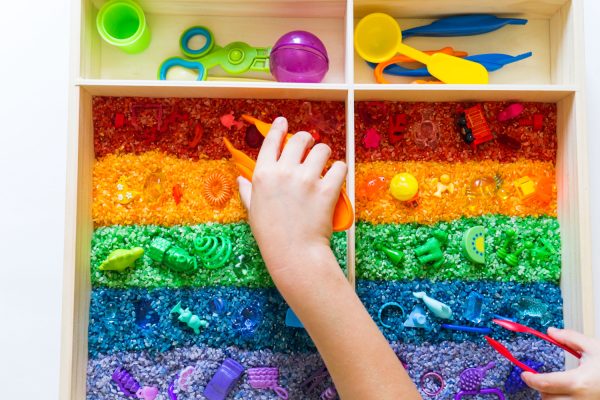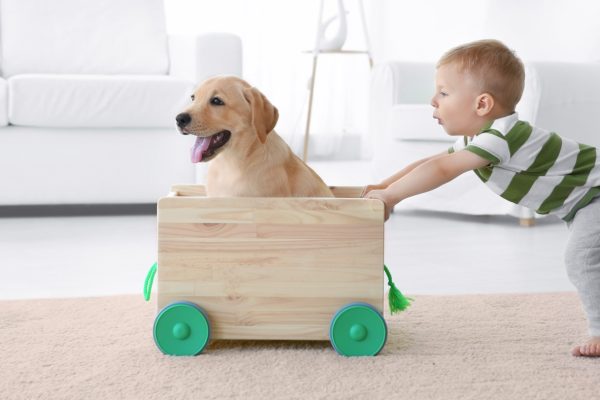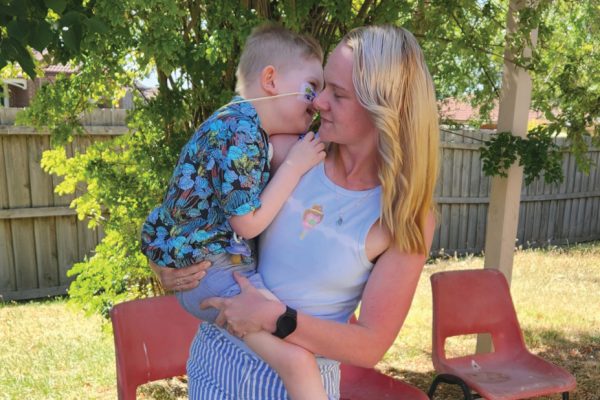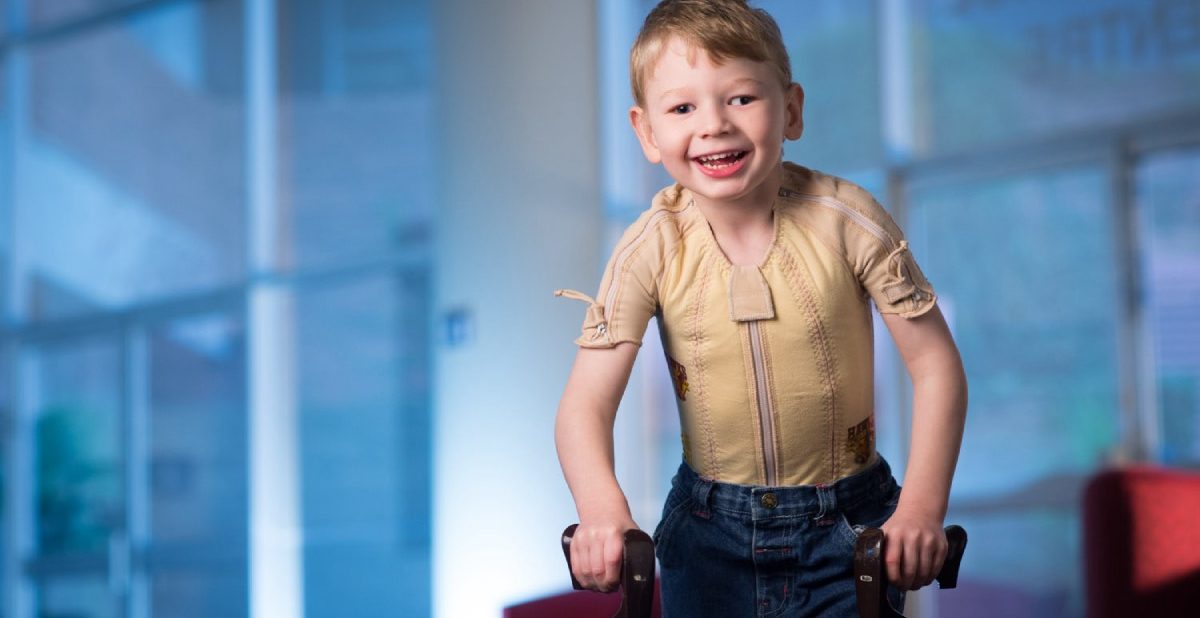
Alternative rehabilitation: a guide to suit therapy
We all want our children to get the most out of their therapy sessions, school and feel comfortable in their space. But sometimes, despite all the will (and/or bribery) in the world, their bodies just can’t manage to overcome the challenges they are facing.
This is where using suit therapy could assist them to reach their goals. So, what is suit therapy? Debbie Evans from Therapies for Kids says: “Suit therapy is an external support system used to provide a child with increased proprioception, joint feedback, correct alignment and awareness of where their body is in space. Suits vary considerably in the amount of support they provide.
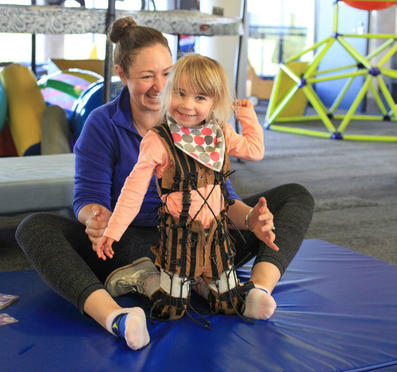
“The less invasive suits are often enough to give most children the con dence and manual support to allow the acquisition of more complex motor skills. If suits are used as an exoskeleton they can be used to get the appropriate upright alignment for children with severe neurological disorders.”
Suit therapy encompasses a wide range of products, with a number of different strategies and philosophies for use. They include ready-made compression clothing, made-to-measure suits, including suits with panels that assist the specific areas of weakness that you would like to target, suits that are used only within a therapy session under the direct supervision of the therapist and suits that are used at home. There are centres offering tailor-made intensive therapy programs using suits and you can even use splints or tape if an actual suit isn’t your thing.
TAPING
Kinesiotape is a hypoallergenic, latex free, lightweight, elastic, therapeutic tape. It can be used to improve core strength and alignment (especially with children with low core muscle tone), reduce in-toeing, treat torticollis, reduce neck and back pain, and provide knee support as well as many other applications. You can also combine Kinesiotape with other treatment techniques.
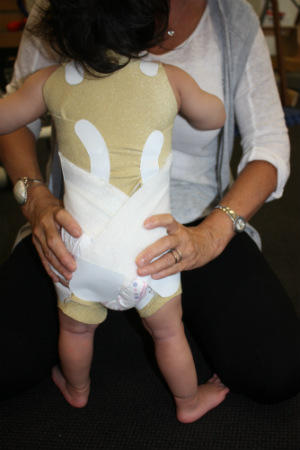
It is used to:
- Reduce the activity muscles (when muscles are overactive or working too hard)
- Increase the activity of muscles (when muscles are underactive or weak)
- Support joints to maintain or improve stability and alignment
- Reduce pain
- Reduce swelling, bruising or in ammation
- Increase circulation, which may increase healing
-
Improve exibility in soft tissue including scar tissue
The tape can be left on for several days. It is waterproof so you
can shower or bathe with it on. The tape has holes to allow air circulation. It is not a restrictive tape like traditional sports tape, so it is very comfortable on and it allows children to move within it.
WHAT THINGS DO YOU NEED TO CONSIDER?
- Skin integrity and reactivity.
- How much effort it takes? It is only tape after all. A child may need a directional therapy garment instead.
- How long your child is likely to need to tape for? Clients need to come in every one-to-two weeks, which can become expensive if the clients are self-funding their therapy sessions. In some instances, I have been able to teach parents very simple applications, but the majority of clients need me to tape them.
- Whether the child is likely to pull it off ? Even though the tape is effective, sometimes it is not worth the effort as the child will pull it o by the end of the day or the next day.
WHAT KINDS OF RESULTS CAN YOU EXPECT?
I have seen dramatic changes in alignment and skills but mostly it is about improving quality of alignment and movement and gradually changing movement patterns. I did have a child with low muscle tone take his first steps within two weeks of first starting taping.
ORTHOTIC GARMENT SYSTEMS
These are dynamic orthotic suits designed to provide sensorimotor input and improve postural alignment and stability, while allowing active movement skill training. They are used along with physiotherapy to treat low muscle tone, decreased core strength and poor trunk control, as well as correcting flexible scoliosis, excessive hip rotation and knee hyperextension. They are used within the clinical setting for therapy and are designed to be worn at home under clothing as well.
Look for: DMO, Mollii suit, Second Skins, SDO, Spiral Skins, TheraTogs.
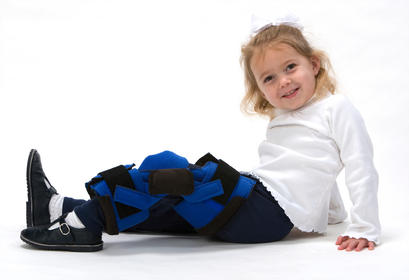

SPLINTS
Splints or braces can be used to stretch muscles, to keep the targeted body part in a more functional position, and to providing sensory input. They are also helpful to create resistance.
Look for: DME, Second Skin.
COMPRESSION GARMENTS
Compression clothing provides proprioceptive feedback and a calming sensory experience ideal for children with sensory processing disorders, ASDs and/or ADHD. The snug fit of the clothing can enable children to focus, learn and self-moderate behaviour. It can also provide support for children with low tone – assisting with the elimination of some repetitive behaviours. Compression clothing can also be worn as underwear – and can assist children discretely under school uniforms for example. It is designed to be worn all the time.
Look for: Calm Care, Calming Clothing for Kids, Calming Kids Australia, JettProof, SPIO.
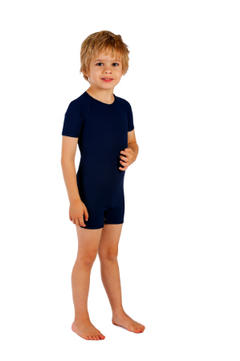

INTENSIVE TRAINING SYSTEMS
Physios and OTs trained in this method work with your child for three hours a day, five days a week for three weeks in an individualised program designed to correct and teach your child new patterns of movement through strengthening and functional skills practice.
The intensive suit therapy programs are designed for those looking to meet functional goals at an accelerated rate as compared to traditional therapy.
Look for: Napa Centre, NeuroSuit, TheraSuit.




